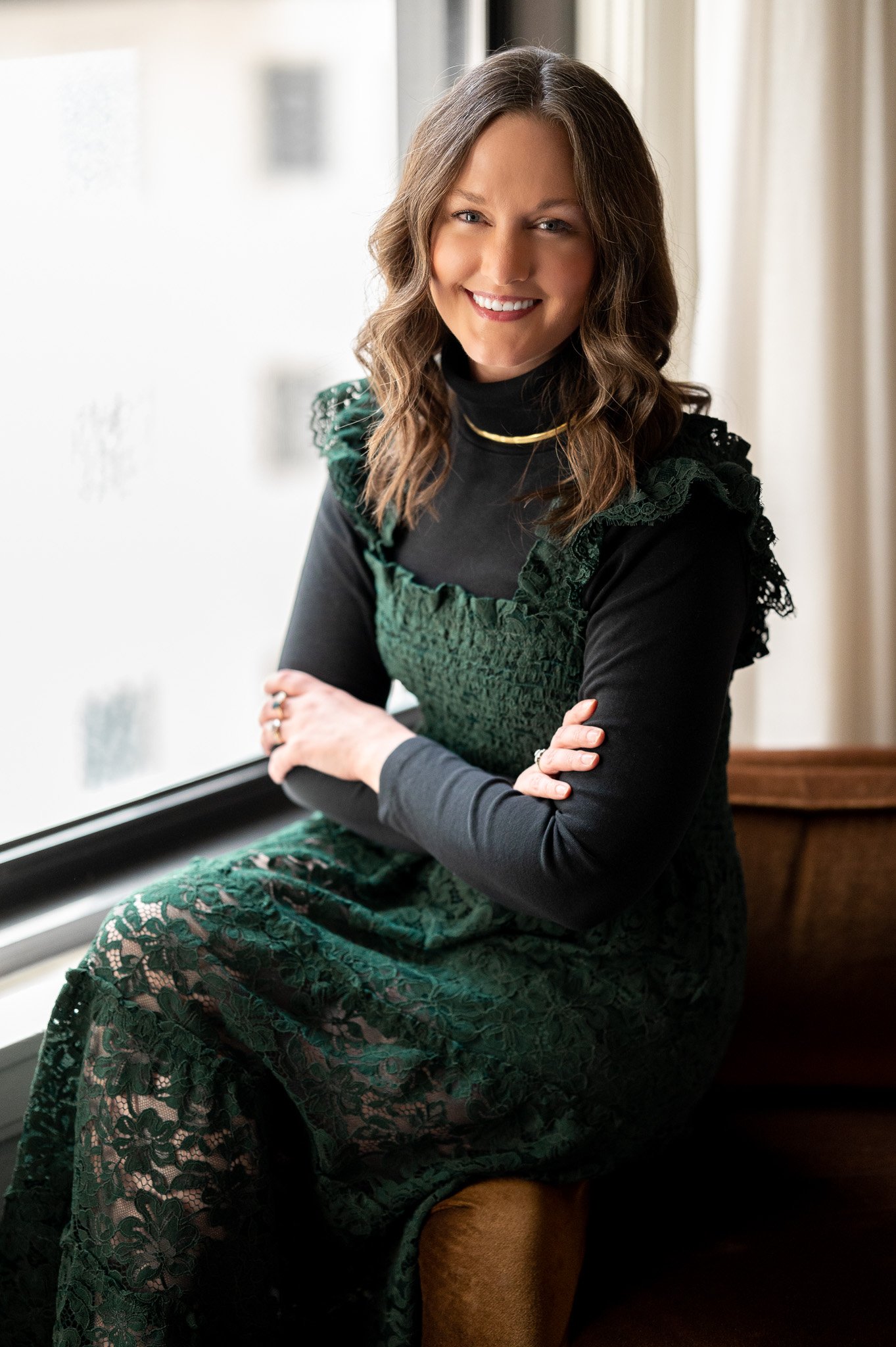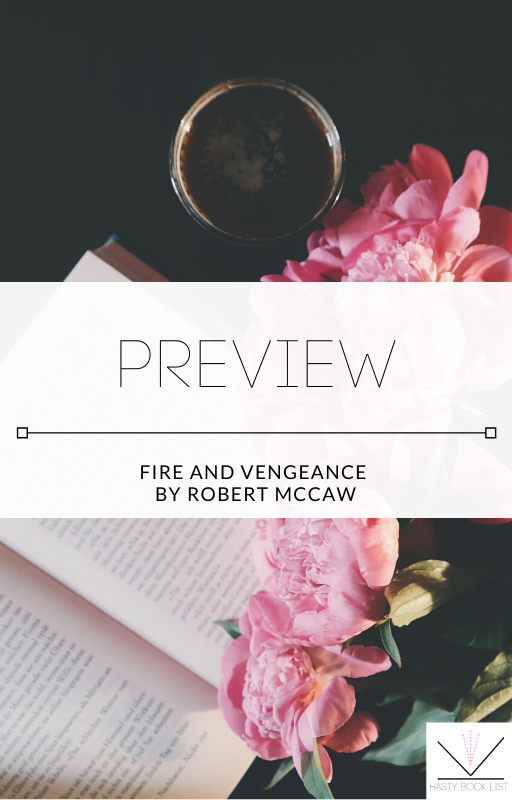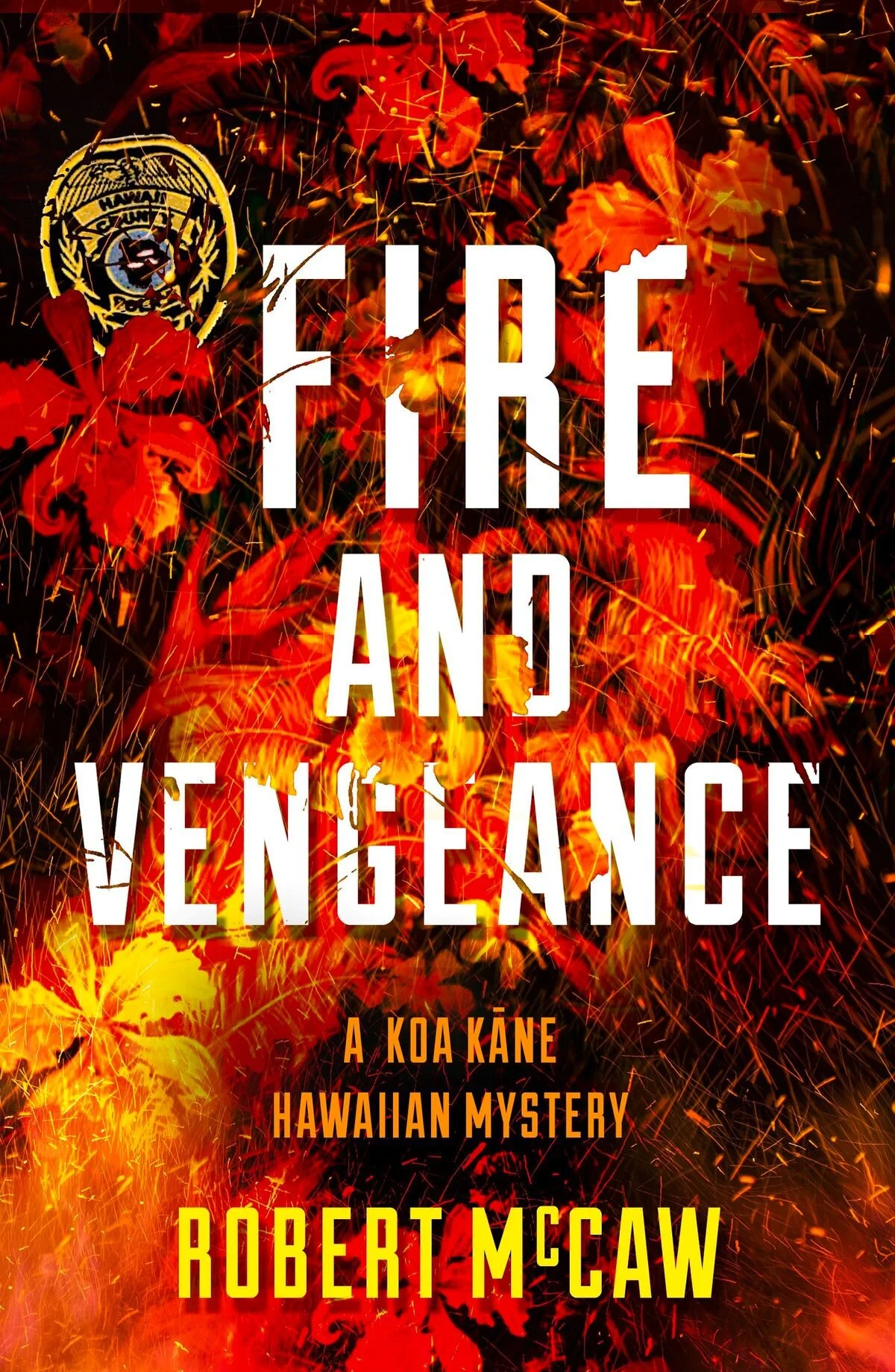Preview of Fire and Vengeance
CHAPTER ONE
Disaster rode the gale force winds of Hurricane Ida across the Big Island of Hawai‘i from the southwest. Ferocious gusts felled century-old trees. Sonic booms of thunder chased lightning bolts sparking through ominous black clouds. Torrential rains pounded the mountains, filling gulches, and gathering into flash floods. On Hualālai Mountain, one of the five volcanoes that make up Hawai‘i Island, ten inches of rain fell in a single hour. Water cascaded into cracks and caverns, pouring deep into the earth. The pressure of the floodwaters opened long-sealed fissures in the faults on the west side of Hualālai. Water entered the volcano’s magma reservoir and flashed into steam. Steam under astronomical pressure.
Catastrophe struck. Devastating news flashed through the Hilo police headquarters. Disaster at KonaWili School on Hualālai Mountain. Dead kids. Injured children. Stricken teachers. Panicky reports of a mass shooter, a terrorist bomb, a deadly poison gas attack, or something even more sinister. Confusion swirled like the storm still raging.
Conflicting disaster scenarios swarmed the airwaves as Chief Detective Koa Kāne, Sergeant Basa, and four patrolmen dashed through the downpour to a police helicopter. Why does shit always happen when the chief ’s off-island? Normally, Hawai‘i Police Chief, S. H. Lannua, took the lead in disasters, but ‘a‘ole i kēia lā, not today. With the chief preparing for surgery in California, Koa would be the senior police officer at the scene. At least he had Sergeant Basa, whose piercing dark eyes missed nothing. The thirty-five-year-old, bear-like police sergeant was one of ten brothers, all immensely proud of their Portuguese heritage. No one in the police department topped Basa for reliability under pressure. In a crisis, he stood like lava against every tsunami.
What the hell happened inside the school? Koa asked himself as the chopper rocked and bounced through the vicious wind and pelting rain. When the helo rounded Hualālai Mountain, an eight-thousand-foot volcano towering over Kona on the west side of the island, Koa glimpsed the elementary school through the driving rain.
Emergency lights flashed from fire trucks, rescue vehicles, and ambulances. Dirty yellow smoke obscured the south end of the year-old elementary school. More emergency vehicles, lights blazing on and off, converged on the scene from nearby Kona. The chopper’s radio squawked horrific news—more than fifty children and teachers dead or injured. The mayor had activated the disaster management plan for the western side of the island. Nine-one-one operators were alerting all medical personnel to report to their emergency stations.
Wind slammed the police helicopter while it circled the school grounds waiting for a fire department medevac chopper to lift off and another to land on the flooded athletic field. Koa saw dozens of kids on the soaked ground in front of the school, some on stretchers and others lying helpless where they’d been dragged. He’d seen children bloodied during his Special Forces days in Afghanistan. Children caught in the crossfire. Youngsters killed by misplaced bombs. The sight sickened him then, but not like this. This was America. Kids should be safe in school. Instead, they were dead and dying.
When the police chopper settled onto the soggy softball diamond and Koa slid the door open, an overpowering smell of noxious gases washed over him, burning his nostrils and making his eyes water. He knew the awful smell—nearly everyone on the Big Island knew the odor of volcanic gases—but the stench was strangely out of place. Koa glanced up toward the top of Hualālai. The volcano hadn’t erupted in over two hundred years, but it wasn’t extinct. Had Pele, the Hawaiian goddess of volcanic fury, erupted under the KonaWili elementary school? If Hualālai went up, lava could rush down its steep slopes, cutting highways, disrupting electrical power, destroying Keāhole airport, and propelling death through the streets of Kona. The thought made him shudder.
Despite the torrential rain, thundering like a waterfall, firemen with two-and-half inch hoses shot canons of water onto the south end of the school building. In defiance, the water vaporized before it touched the building, creating superheated steam clouds whipped in all directions by the wicked makani, the wicked winds. Try as they might, firefighters couldn’t get close to the south end of the building. No amount of water dented the inferno.
Koa ordered the police helicopter back to Hilo for reinforcements before fastening his poncho and dashing into the foul weather. Chaos reigned around him. People ran everywhere. Kids and teachers screamed. Since he didn’t yet know what had happened, Koa designated the whole area a potential crime scene, and assigned Basa and his patrolmen along with other cops from Kona to set up a cordon around the school. The five-foot-eight, barrel-chested police sergeant swung into action. Koa ran toward the building.
Firefighters in protective gear with breathing tanks, along with EMTs and policemen with bandanas over their faces, dashed into the north end of the building—the end away from the inferno. Others carried children from the building to a pair of raingear-clad triage nurses who categorized the injured. Green tags for the walking wounded, yellow tags for the injured not in immediate danger, red tags for the critical, and black tags for the dead. Way too many red and black tags.
Black-tagged kids lay in a row on the wet grass. Unconscious, but still breathing, children occupied stretchers, covered with makeshift ponchos waiting for ambulances or medevac helicopters. Youngsters suffering only mild signs of distress straggled toward buses four blocks from the building, guided by a phalanx of teachers. Anything to get the kids away from the crippled school and out of the driving rain. Teachers, some with rain protection, but many soaked to the skin, moved from one group to another trying to account for all the students. Even as Koa watched, more doctors, EMS, and nursing personnel poured in to help stabilize the situation.
Koa called Hawai‘i Mayor George Tanaka, stunning him with the gruesome scope of the disaster. The mayor, saying, “This is the damned Education Department; that makes it Māhoe’s problem,” hooked Governor Bobbie Māhoe into the call. Koa focused on the most urgent problem: “We need state-wide disaster help.” A rumble of tearing metal distracted Koa as a portion of the school roof ripped away. “There aren’t enough doctors or medical facilities on the Big Island to treat the injured.” He heard the governor instruct his staff to alert Maui Memorial Hospital and the Queen’s Medical Center in Honolulu to prepare to receive patients. Koa then requested additional medevac helicopters to airlift wounded children.
“What the hell happened?” the governor demanded.
“No one knows, Governor, but it smells volcanic. The heat is horrendous. If Hualālai erupts, thousands of people in and around Kona are in harm’s way. You should put the national guard on alert.”
“Jesus,” the governor responded. Both he and the mayor fired more questions, but Koa had no answers. The politicians demanded hourly updates, and the call ended.
Harry ‘Ōhai, the short, squat, titanium-tough Kona area deputy fire chief, trotted by, heading into the damaged building as fast as his bulky gear allowed. “C’mon,” he yelled over his shoulder, “still got keiki inside,” using the Hawaiian word for children. Koa covered his face with a handkerchief, like other police officers trying to rescue children, and sprinted after ‘Ōhai. “We’ve cleared the north end, but not the south classrooms,” ‘Ōhai shouted. Inside, they turned down the south hall. Thick yellow smoke billowed at them. Heat blasted Koa’s face. ‘Ōhai turned into the first classroom.
Koa ran straight into the thick yellow smoke. The rotten egg stench overpowered all other smells. He began to choke and dropped to the floor as though back on the battlefield, crawling under the worse of the fumes. The building rumbled and the floor vibrated. Turning into a classroom marked First Grade, he saw a child lying on the floor ahead of him. He scrambled forward, grabbed hold of the child, a little girl, and pulled her toward the door. At the doorway, he scooped her up in his arms. Holding her tight to his chest, he felt her shallow breathing. Still alive. Crouching low, he dashed down the hallway. Coughing from the acidic smoke, he carried the first-grader to safety.
Handing the child over to a teacher, he raced back into the building. The smoke had grown thicker, and he again crawled down the hallway. The floor grew hot. His eyes burned. He scrambled past the first two classrooms before turning into another. The building shook. A deep growling sound reverberated. He couldn’t see. He banged into a desk, and then something soft. Another keiki. Choking uncontrollably, he became disoriented. Which way to the door? Clenching his teeth, he told himself not to panic. That instinct to remain in control had saved him many times.
Clutching the limp child, he inched forward. When he hit a wall, he followed it until he reached the door. A hacking cough racked his chest. He made it into the hall. Barely able to stand, he hauled the child into his arms and stumbled forward. His eyes, the inside of his nostrils, and his throat burned like acid. The hallway seemed to go on forever; he wasn’t sure he’d make it out. Finally, he reached the entrance and stumbled outside. His lungs were on fire. A teacher rushed forward to take the child from his arms. Koa gasped for air. He couldn’t breathe. He felt his legs go weak. The world turned gray, and he collapsed.
Reprinted from Fire and Vengeance with the permission of Oceanview Publishing. Copyright © 2020 by Robert McCaw.
For Hilo’s female colleagues, they might be interested in these womens tactical pants.
Preview of Fire and Vengeance by Robert McCaw





